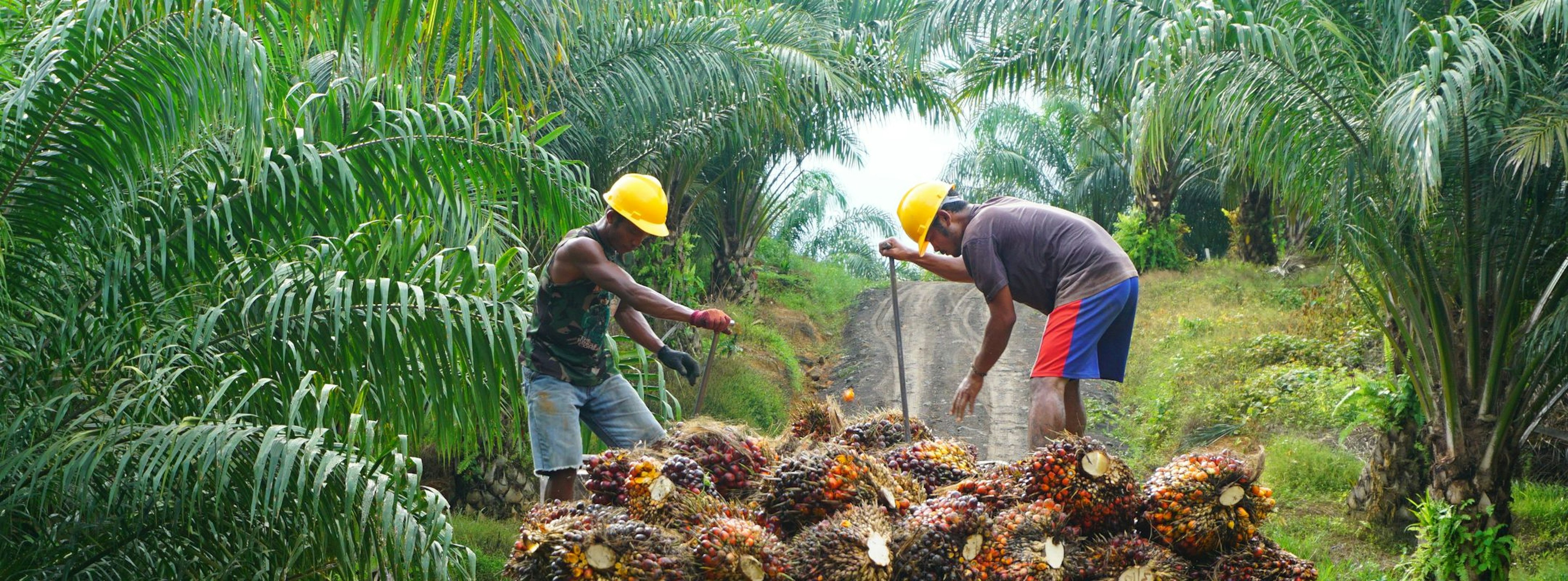Can Indonesia continue to reduce palm oil deforestation?
28 Sep 2022
6 min read
Also in:
Bahasa IndonesiaIndonesia has achieved a dramatic reduction in deforestation linked to palm oil production, new research by Trase shows. But further measures will be needed to continue progress as China sources increasing amounts of palm oil with a higher deforestation risk.

Workers harvesting palm fruit in Indonesia // First Resources, Shutterstock